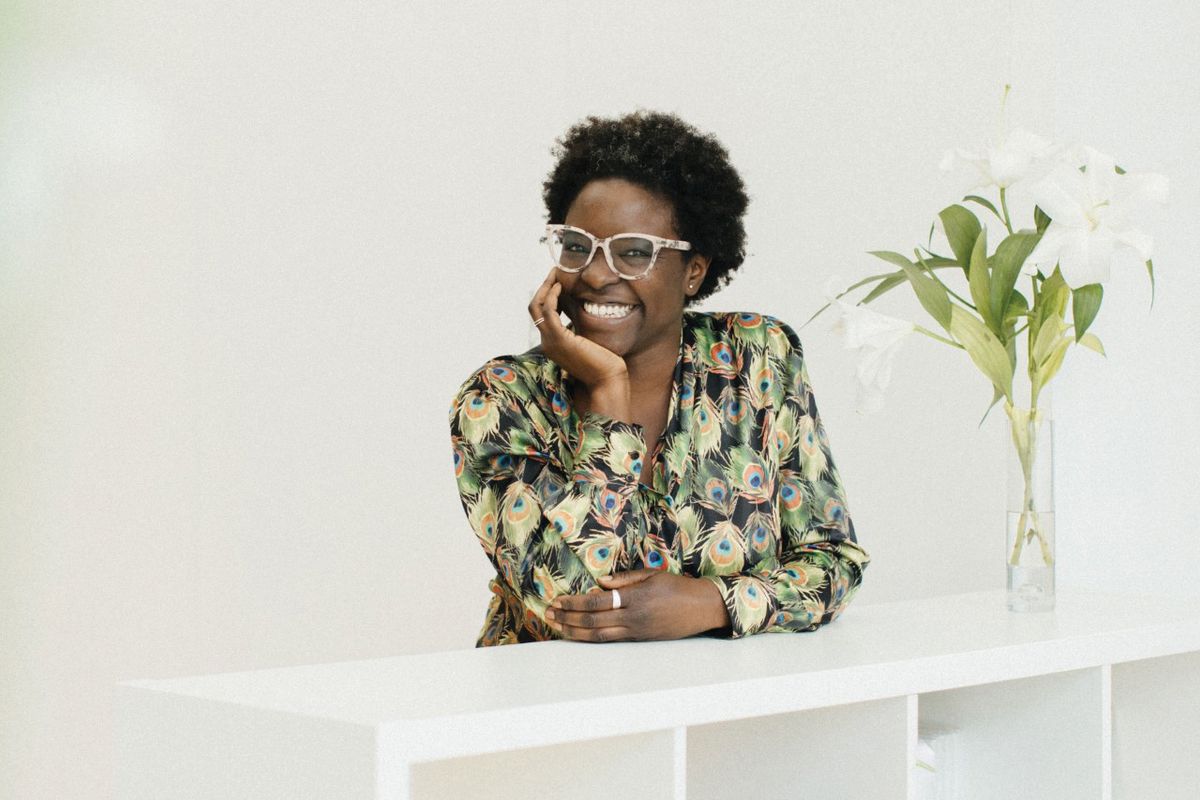The new gallery platform South South, dedicated to art from the Global South, launches today with the live selling event South South Veza that will bring over 50 galleries from five continents together using auction technology and an online viewing room.
Accompanying the event will be a series of talks and think tanks, including Institutional Hybridity, led by the curator and director of The Showroom in London, Elvira Dyangani Ose, which will examine how cultural institutions can approach questions of sustainability. We spoke to Dyangani Ose ahead of the launch to find out about the artists, musicians, books and cultural events that have shaped her life.
If you could live with just one work of art, what would it be?
I have never been good at playing favourites. However, this pandemic—with the impossibility of experiencing works in the flesh and the constraints of the flat screen of computer monitors—made me think a lot about my first visit to the Uffizi in Florence and the discovery of Botticelli’s Calumny of Apelles (1495). I thought then of everything lost in the art history lesson, where images are featured in the same size, that of the slide show. I would have never understood the extraordinary mastery of that work if I hadn’t visited it in the flesh. I remember being breathless in its presence. That only has happened twice in my life.
Which cultural experience changed the way you see the world?
During my first trip to New York, I had the rare opportunity to spend the day in the city with artist David Hammons. He drove me on an extraordinary tour comprising key areas and landmarks in the boroughs, listening to the radio besides brownstone houses in Harlem; visiting his studio and others including Ann Craven, Ed Clark, Steve Rand and Stanley Whitney. It makes me think about the fact that an artist’s retrospective—usually the work he or she or they have produced in their lifetime—can actually just be a sum of the conversations that occur in a day.
Which book most challenged your thinking?
Édouard Glissant’s Poetics of Relation (1990). Since I read it, I have been under its spell as I continue to pursue aspects of his aesthetic of the chaos-monde (chaos-world) and its poetical intention: one that pushes to embrace the totality within us that is directly in contact with everything possible; one that considers uncertainty a positive feature.
Which writer or poet do you return to the most?
Audre Lorde. In particular her statement in [her 1984 book] Sister Outsider: “Perhaps for some of you here today, I am the face of one of your fears. Because I am woman, because I am Black, because I am lesbian, because I am myself—a Black woman warrior poet doing my work—come to ask you, are you doing yours?” This questioning of whether or not one is doing his or her or their own work—against the tyrannies one swallows day by day, the things we keep in silence—is always a reminder that nothing is guaranteed.
What music or other audio do you listen to as you work?
Instrumental music—lately a lot of LoFi. Among them, Hypnotic Brass Ensemble, but also and always, always, jazz: Thelonious Monk’s Live in Stockholm 1961.
What are you watching, listening to or following that you would recommend?
I read, listen to and watch many things at once... For TV series Watchmen and Tales from the Loop are among the latest. Artists Frida Orupabo and Enorê’s Instagram accounts. And the latest book, Saidiya Hartman’s Wayward Lives, Beautiful Experiments (2019) and Malik Gaines’s Black Performance on the Outskirts of the Left (2017).
What is art for?
Art is a form of storytelling. And as such it has a purpose, whether to create a critical awareness around specific ideas and circumstances, or to provoke some sort of reaction from the audience, no matter what. Apathy is also a response to the work.
• Elvira Dyangani Ose’s talks programme, Institutional Hybridity, convened for South South Veza in collaboration with The Showroom gallery, London, runs until 7 March. You can book here. The Showroom’s programme IN·FLO·RES·CENCE is online now.


